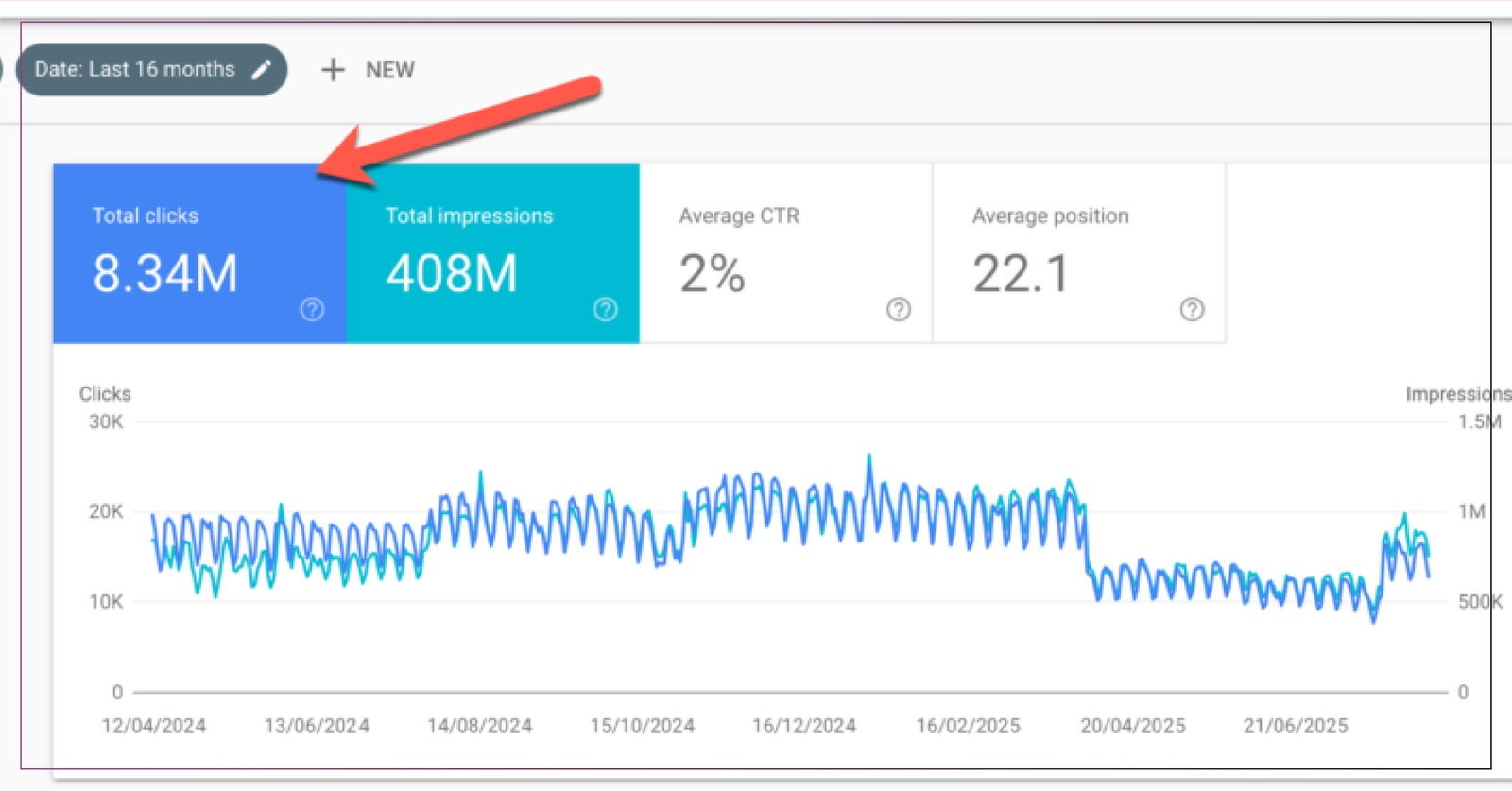Why Does Your Organic Traffic Drops – Checklist
By raccess21 on August 2, 2025

Why Did Your Organic Traffic Drop? – A Checklist
At some point, every SEO consultant gets the same question: Why did our organic traffic suddenly drop?
Before rushing into technical fixes or blaming Google, start by answering two critical questions:
1. Do you trust the data?
Check your analytics setup. Are there any tracking errors, broken scripts, changes in GA filters, or delays in reporting? Traffic fluctuations can often be false alarms caused by data misfires.
2. Is the variation statistically normal?

Use the Standard Deviation function in Excel or Google Sheets (e.g., =STDEV.P(range)) to determine if the drop exceeds your typical traffic volatility. A change outside 2 standard deviations may indicate a genuine issue.
Once you're confident the drop is real, work through the checklist below.
Did Google change its algorithm recently?
Google rolls out both broad core and targeted updates regularly. These can affect visibility without warning. Use tools like:
- Google Search Status Dashboard
- Semrush Sensor or Mozcast
- Twitter updates from @searchliaison
If others in your industry are seeing similar changes, it might be algorithm-related.
Is the drop specific to a segment?
Segment your data by:
- Device: Mobile vs desktop
- Location: Country, region
- Channel grouping: Blog, product pages, landing pages
- Landing pages: Are certain pages losing visibility?
Pinpointing the segment helps isolate the issue.
Are you being penalized?
Check Google Search Console → Manual Actions. Even if there’s no notice, search for your brand on Google. If your homepage doesn’t show up, you may be facing a penalty or deindexing.
Did you make major site changes?
Recent site redesigns, CMS migrations, or structural overhauls can tank SEO if not handled properly.
Common causes:
- Switching to JavaScript-heavy frameworks
- Removing internal links or changing navigation
- Updating robots.txt or meta
noindex - URL structure changes without proper redirects
Did you lose rankings to a competitor?

Use Ahrefs, Semrush, or SERP tracking tools to monitor keyword positions. Look for:
- Lost keywords
- Dropped positions
- New competitors entering the top 10
Sometimes it’s not what you did—it’s what they improved.
Did organic traffic get misclassified?
Traffic might still be coming, just showing up as:
- Direct traffic: Due to missing UTMs or HTTPS/http issues
- Referral: If cross-domain tracking broke
- Dark traffic: When analytics fails to attribute a source
Compare direct traffic trends alongside the drop.
Has the SERP layout changed?
SERP layout changes like regrouping of data into new categories like feature answer boxes, People Also Ask, featured snippets, and visual carousels. These reduce click-throughs.
Search your key queries:
- Are you still ranking?
- Is a zero-click feature (like an answer box) stealing traffic?
- Can you optimize content to win that snippet?
Is the drop branded or unbranded?
Use Search Console to segment by:
- Branded queries (e.g., your company name)
- Unbranded queries (product/service keywords)
A branded drop may indicate PR issues or offline reputation problems, not SEO performance.
Are fewer URLs indexed?
In Search Console → Pages, look at the index coverage. Watch for:
- Spike in “Excluded by ‘noindex’ tag”
- Removed pages
- Accidental robots.txt blocks
Use site:yourdomain.com in Google to compare visible pages to expectations.
Have you lost backlinks or referring domains?

Backlinks disappearing can lead to ranking drops.
Tools to monitor:
- Ahrefs: Referring domains report
- Semrush: Backlink audit
- Google Search Console: Links section
Look for lost referring domains or major content that lost links.
Is SEM cannibalizing SEO?
Running aggressive paid search campaigns on high-traffic keywords can eat into your organic CTR.
To check:
- Compare paid vs organic clicks for the same terms
- Pause SEM campaigns briefly and watch organic traffic
- Use multi-channel attribution to track behavior
A smart SEM/SEO balance minimizes cannibalization.
Final Thoughts
Sudden traffic drops can feel alarming, but most have logical explanations. Run through this checklist calmly:
- Validate the drop is real
- Segment the data
- Review site and SERP changes
- Analyze competition
- Check Google updates
Some causes like algorithm shifts, are out of your hands. Others, like technical fixes, content decay, or misconfigured analytics, are fully within your control.
The key is not to panic. Just follow the data, step by step.




